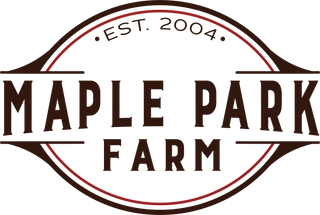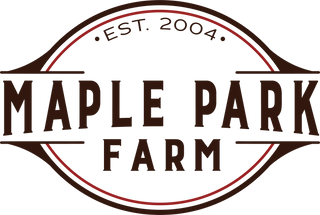To ensure your success, the varieties you choose need to meet your needs. Ensure you have information on germinating, growing and harvesting. All well-written seed catalogues and packets are a wealth of information and will cover each of these areas.
A good seed packet should include the following information:
- Picture - a picture of the flower or vegetable is generally found on the front of the seed packet. This can be used to determine the flower type and colour. For vegetables this will be a guide as to what to expect at harvest time. Please remember that the picture is representative of the flower or vegetable at it's best, so please only use this as a guide and don't be discouraged if all of your flowers and vegetables aren't picture perfect.
- Plant Description - seed packets should include a written description of the plant including common and scientific name, plant height at maturity, days to maturity, life cycle and harvest instructions as well as quantity of seeds in packet.
- Uses - this will include suggested uses such as container grown, cut flower, edible flower, attracts beneficial insects, etc.
- Date - the year the seeds were packaged for planting. For example "Packed for season 2021". This information is important because as seeds age they viability decreases which means less seeds will germinate.
- Germination Rate - this is extremely important to know. For example, if you purchase a package of seeds with a germination rate of 85%. Assuming your packet has 100 seeds you can expect to successfully germinate 85 seedlings. This also shows that the seed company regularly tests their seeds for germination. Most times this is done by a 3rd party certified seed lab.
- Planting Instructions - Planting instructions should include transplanting or direct seeding instructions. For transplanting instructions, this will include how many weeks before last frost date, light requirements, heat requirements, etc. For direct seeded crops, this information will include planting depth and spacing. Basic care instructions may also be included.
- Lot Number - this isn't essential but it is an added level of assurance. If there is found to be a seed borne disease, it can be traced.
Starting seeds can be very rewarding! By choosing varieties based on your needs and growing conditions you will ensure greater success in your gardens.
Happy Planting!


